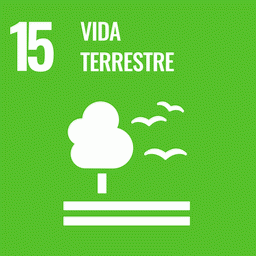Episodic multi-year droughts fundamentally alter the dynamics, functioning, and structure of Amazonian forests. However, the capacity of individual plant species to withstand intense drought regimes remains unclear. Here, we evaluated ecophysiological responses from a forest community where we sampled 83 woody plant species during 5 years of experimental drought (throughfall exclusion) in an eastern Amazonian terra firme forest. Overall, the experimental drought resulted in shifts of some, but not all, leaf traits related to photosynthetic carbon uptake and intrinsic water-use efficiency. Leaf δ13C values increased by 2–3‰ within the canopy, consistent with increased diffusional constraints on photosynthesis. Decreased leaf C:N ratios were also observed, consistent with lower investments in leaf structure. However, no statistically significant treatment effects on leaf nitrogen content were observed, consistent with a lack of acclimation in photosynthetic capacity or increased production of nitrogen-based secondary metabolites. The results of our study provide evidence of robust acclimation potential to drought intensification in the diverse flora of an Amazonian forest community. The results reveals considerable ability of several species to respond to intense drought and challenge commonly held perspectives that this flora has attained limited adaptive plasticity because of a long evolutionary history in a favorable and stable climate.
Análise: quanto vale a Amazônia?
Artigo opinativo sobre como a redução compensada do desmatamento é uma forma de estabelecer valor positivo para a floresta em pé. Moutinho, P. 2005. Quanto vale a Amazônia? Revista Adiante.
